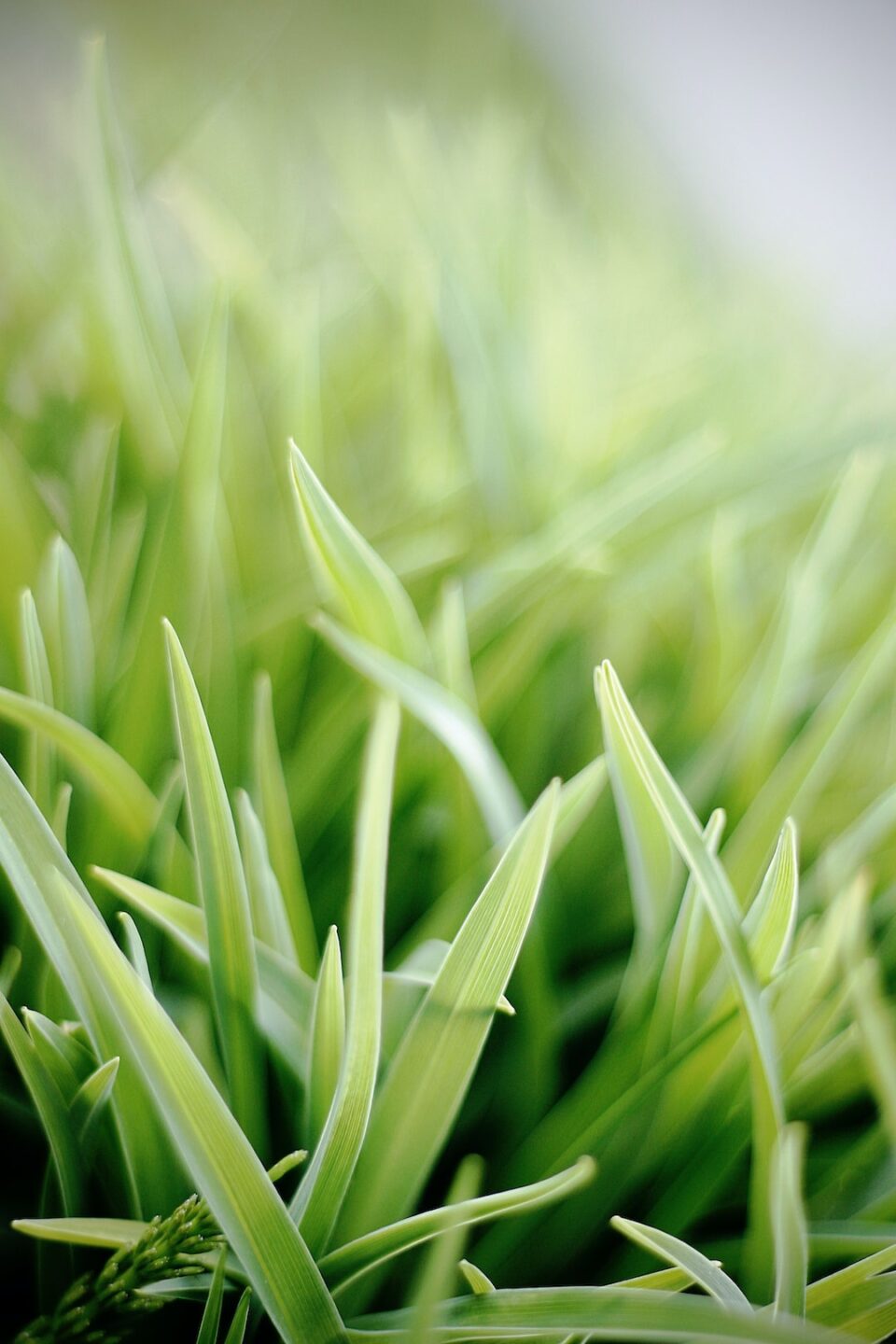Butterflies are not just beautiful creatures that flutter around, adding color and life to our gardens; they also play a crucial role in pollination and contribute to the overall health of our planet. With their numbers declining due to habitat loss and climate change, it is even more important to create butterfly-friendly gardens in our own spaces. By providing the right environment and resources, we can attract and support these delicate insects, helping them thrive and ensuring the continuation of their essential role in our ecosystems. Here are some tips on how to create a butterfly-friendly garden.
1. Choose the Right Plants: Butterflies have certain preferences when it comes to flowers, primarily those that are rich in nectar. Look for plants such as bee balm, black-eyed Susans, milkweed, and aster, which are not only beautiful but also provide a bountiful source of nectar for butterflies. Diversify your garden with plants that bloom at different times throughout the year to ensure a consistent food source for butterflies.
2. Incorporate Native Plants: Native plants are not only well adapted to the local climate and soil conditions but also attract a wide range of native butterflies. By including native species in your garden, you are more likely to attract a greater variety of butterfly species. Do some research on the native plants in your region and incorporate them into your garden design.
3. Create Sheltered Spaces: Butterflies need sheltered spaces to rest, hide from predators, and take refuge during harsh weather conditions. Use shrubs, tall grasses, or even a butterfly house to provide these safe spaces. By creating a sheltered garden with layers of different plant heights, you will also attract more species as butterflies have different preferences for resting spots based on their size and activities.
4. Provide Sunlight: Butterflies are ectothermic creatures, meaning they rely on external sources to regulate their body temperature. Place your garden in a sunny location as butterflies need sunlight to warm up their bodies and to effectively fly and pollinate. Avoid creating too much shade as it can deter butterflies from visiting your garden.
5. Incorporate Water Elements: Like all living creatures, butterflies need water to survive. You can create a butterfly-friendly garden by providing water sources such as shallow birdbaths, small puddling areas, or even a dripping hose. These water sources will not only provide hydration but also provide a place for butterflies to gather minerals and replenish their energy.
6. Avoid Pesticides: Pesticides may harm or kill butterflies, either directly or indirectly through the plants they rely on for food. Opt for organic, chemical-free gardening practices to create a safe and healthy environment for both butterflies and other beneficial insects. Use natural pest control methods, such as companion planting and manual removal of pests, instead of harsh chemicals that can harm the delicate balance of nature.
7. Educate Yourself: Research the native butterflies in your area and learn about their life cycles and host plants. Host plants are specific plants on which particular butterfly species lay their eggs, and the resulting caterpillars feed on them. By including host plants in your garden, you can support the entire life cycle of butterflies and attract more of them.
8. Embrace Imperfection: A butterfly-friendly garden may not look perfectly manicured or free of caterpillar munching damage, and that’s a good thing! Embrace the natural chaos and allow some plants to show signs of being a butterfly host plant. Encourage caterpillar feeding and recognize it as a sign that your garden is a safe haven for these beautiful creatures.
In conclusion, creating a butterfly-friendly garden is not only aesthetically pleasing but also contributes to the conservation of these delicate creatures. By providing the right plants, sheltered spaces, sunlight, water sources, and avoiding pesticides, you can create an environment that attracts and supports butterflies throughout their life cycle. Let your garden be a haven for butterflies, contributing to the preservation of their populations and the overall health of our planet.


